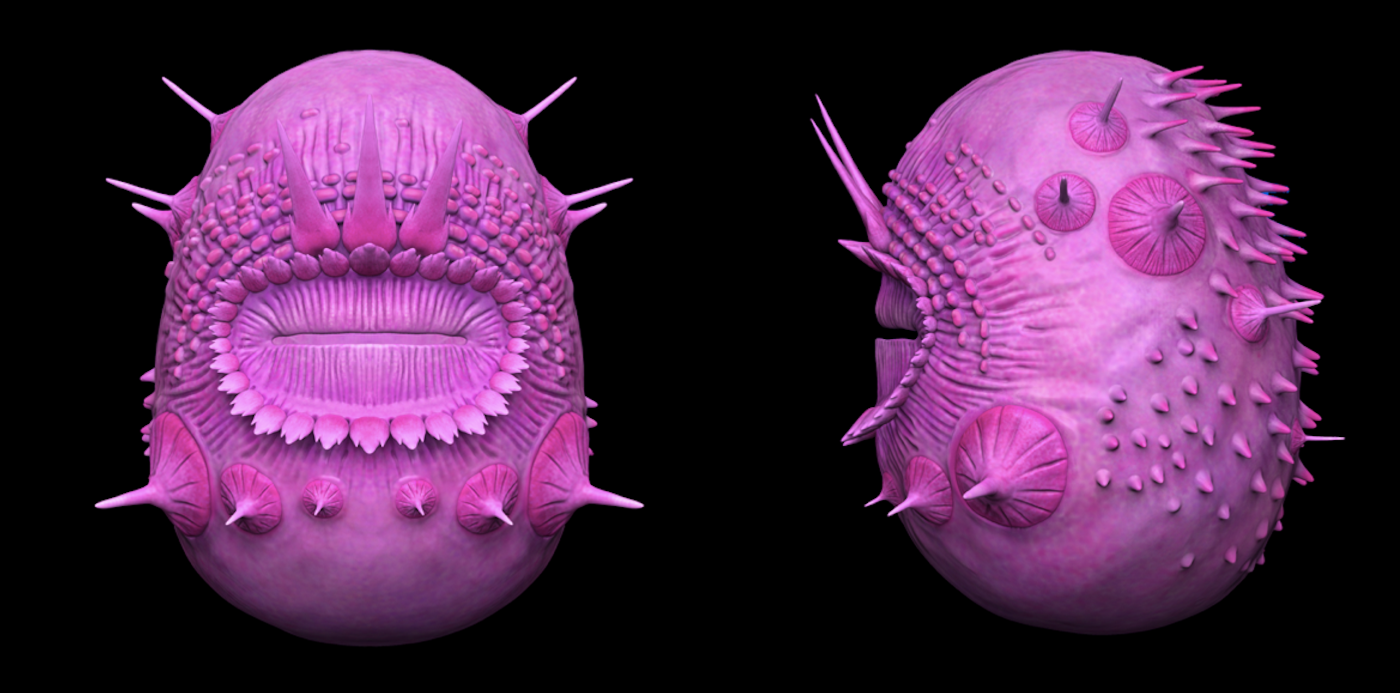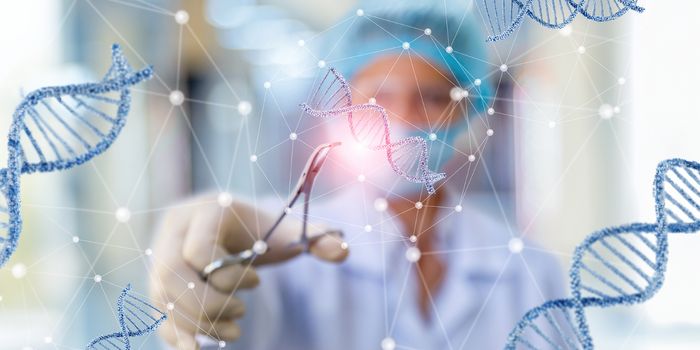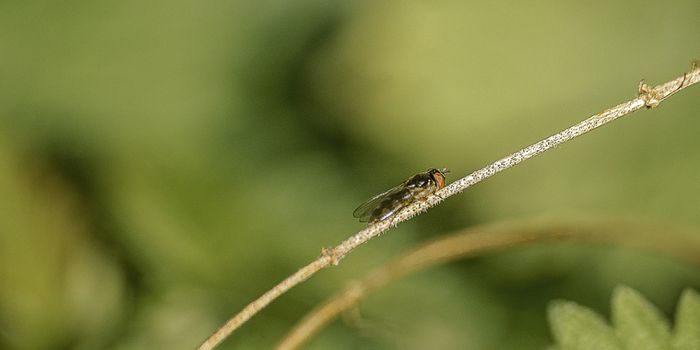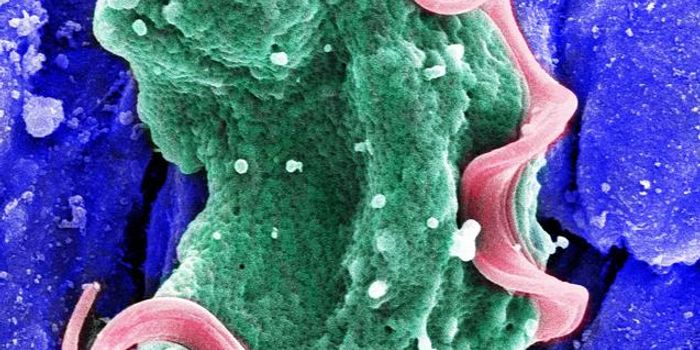This Bizarre Spiky Sack Turns Out Not to be Our Earliest Ancestor
It was once hypothesized that a strange, microscopic creature called Saccorhytus, a spiked, wrinkled, little animal, was the earliest ancestor of humans. Microfossils of these organisms were discovered in China, and researchers were able to see their structure in great detail. But a new analysis is amending their placement on the phylogenetic tree of life.
“Some of the fossils are so perfectly preserved that they look almost alive,” said Yunhuan Liu, a professor at Chang’an University. “Saccorhytus was a curious beast, with a mouth but no anus, and rings of complex spines around its mouth.”
Holes in Saccorhytus fossils were once thought to be gills, which would have made them a member of the deuterostome group; that is also where the first ancestors of humans emerged. But those gills are actually holes that surround the mouth of Saccorhytus. These holes seem to be the bases of spines that fell away when the fossils were preserved. The findings have been reported in Nature.
To truly understand the nature of Saccorhytus, the scientists used hundreds of X-rays taken by a synchrotron, which is a type of particle accelerator. This enabled the team to reconstruct the microfossil in great detail. A supercomputer was used to generate a model that illustrated the internal and external structures of Saccorhytus, noted study co-author Emily Carlisle of the University of Bristol
This analysis showed that something like spines had been closing the little holes surrounding the mouth.
“We believe these would have helped Saccorhytus capture and process its prey,” suggested study co-author Huaqiao Zhang of the Nanjing Institute of Geology and Palaeontology.
The investigators have now hypothesized that Saccorhytus is an ecdysoszoan, which is a group containing arthropods and nematodes.
“We considered lots of alternative groups that Saccorhytus might be related to, including the corals, anemones and jellyfish which also have a mouth but no anus." A computational assessment was done, comparing Saccorhytus' anatomy with "all other living groups of animals," leading the researchers to this conclusion, explained study co-leader Professor Philip Donoghue of the University of Bristol.
Evolutionary biologists will still have to consider the question of how an anus might have arisen or disappeared, although now it will apply to the ecdysozoan group.
“This is a really unexpected result because the arthropod group have a through-gut, extending from mouth to anus. Saccorhytus’s membership of the group indicates that it has regressed in evolutionary terms, dispensing with the anus its ancestors would have inherited,” noted study co-leader Shuhai Xiao of Virginia Tech. “We still don’t know the precise position of Saccorhytus within the tree of life but it may reflect the ancestral condition from which all members of this diverse group evolved.”
Sources: University of Bristol, Nature









